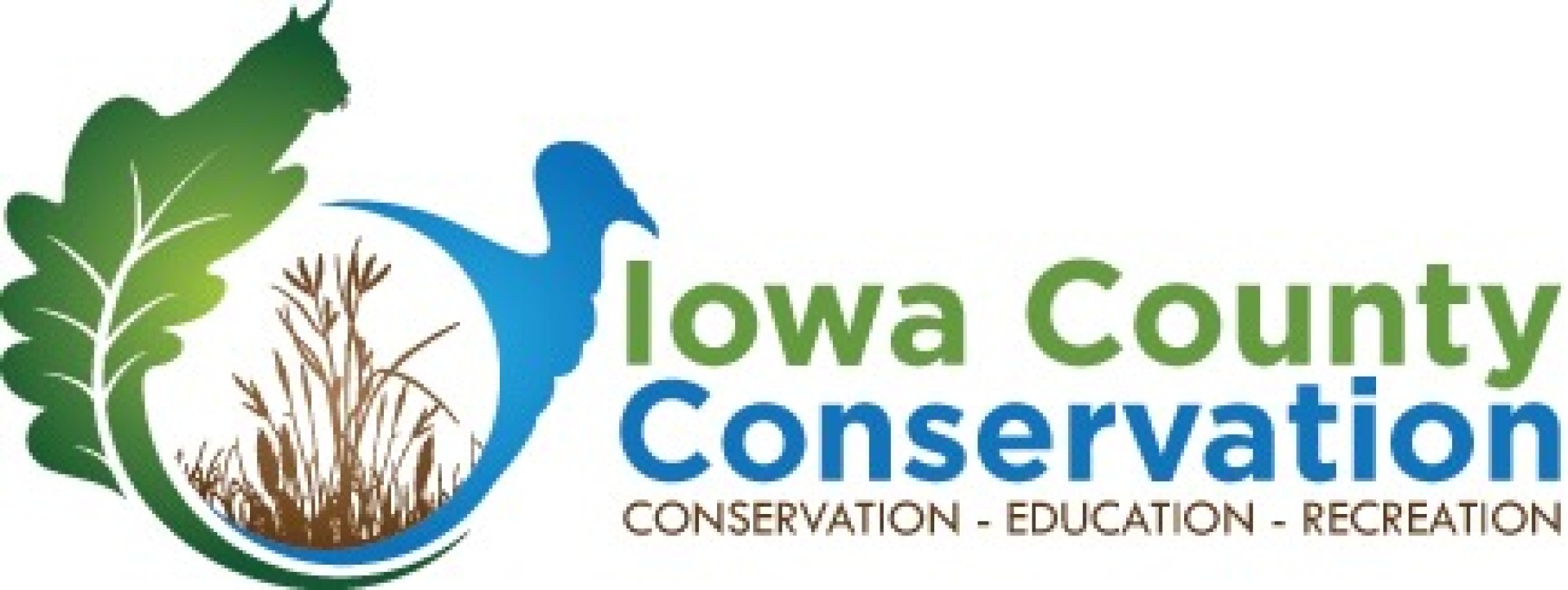Location
2550 G Ave.
Ladora, IA 52251
Driving Directions
Contact Information
319-655-8465
iowacountyconservation@gmail.com
 The largest recreational area is Lake Iowa Park. This park includes a 83 acre lake, campground, cabins, nature center, bird blind and trails. Since 1962, visitors have enjoyed fishing, camping, picnicking, an equestrian trail, hiking and swimming. Winter sports such as cross-country skiing, ice fishing and winter camping are also available. An 18 hole Disc Golf course winds around Lake Iowa and an annual tournament is held in Spring. Naturalist programs are offered throughout the year.
The largest recreational area is Lake Iowa Park. This park includes a 83 acre lake, campground, cabins, nature center, bird blind and trails. Since 1962, visitors have enjoyed fishing, camping, picnicking, an equestrian trail, hiking and swimming. Winter sports such as cross-country skiing, ice fishing and winter camping are also available. An 18 hole Disc Golf course winds around Lake Iowa and an annual tournament is held in Spring. Naturalist programs are offered throughout the year.
Properties such as Gunderson and Big Bend are hidden gems that one should definitely check out. They're great places to go on a hike and enjoy nature peacefully. Back country camping is available at Gunderson Wildlife Area.

